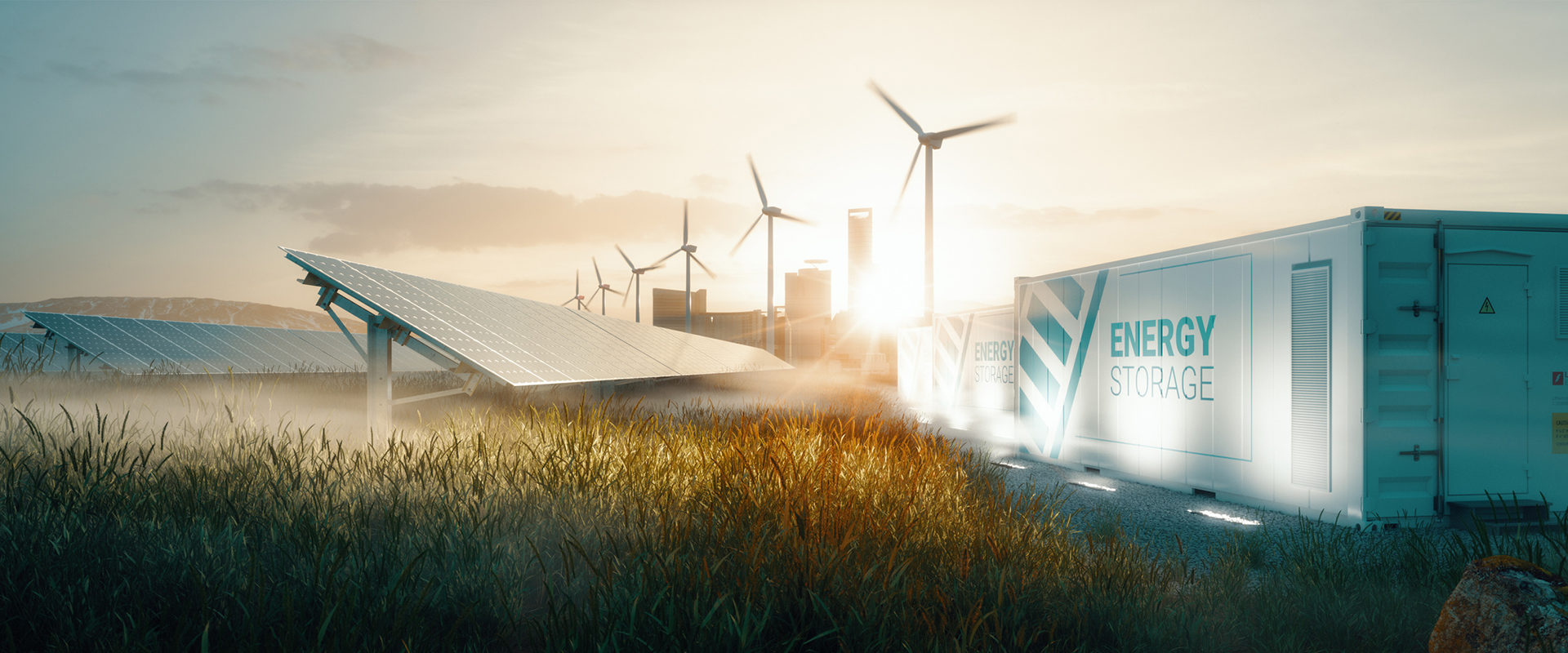The CO2 emissions affect the atmosphere, causing climate change and resulting in environmental disasters. To change it, many cities around the world are shifting to more sustainable and renewable energy.
EA Elektro-Automatik is one brand that helps with the switch to renewables. They offer substantial growth opportunities with an accelerating CO2 agenda and focus on Hydrogen, solar and wind power. Read on to discover the solutions and help with the green transformation of your town or city!
8 Technologies changing the future of Renewable Energy
Finding alternative sources of fuel is crucial as energy demand is increasing. Fossil fuel economy raw materials are becoming limited. Oil, coal, and natural gas reserves do not replenish themselves when used up, so there should be an alternative.
The Growing Renewable Energy Industry Requires Sustainable, Regenerative DC Power Supplies & Loads
Wolfgang Horrig, Global Sales Manager, EA Elektro-Automatik GmbH & Co. KG
Technology advancements that are enabling the green energy:
- Renewable Energy
- Energy Storage
- Components
- H2 – Hydrogen
- Repair and Maintenance
- Mobility
- Reuse
- Battery Recycling
Hydrogen – the most promising fuel
The potential of Hydrogen as an alternative transportation fuel stems from the fuel cell’s ability to power zero-emission vehicles, its domestic production potential, and the fuel cell’s quick filling time and high efficiency.
Natural gas, nuclear power, biomass, and renewable energy sources such as solar and wind power can all be used to make hydrogen.
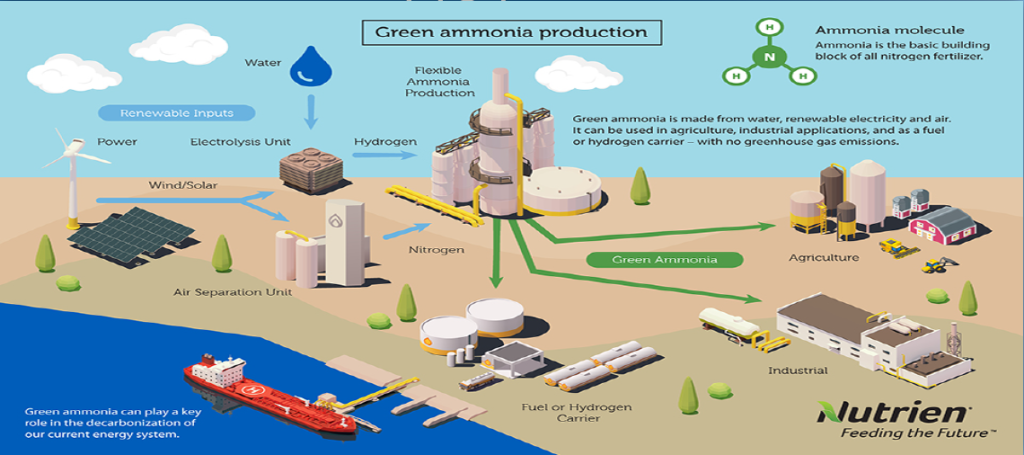
5 main industries that focus on the transition to the Hydrogen fuel:
- Power generation and batteries
- Power grid
- Dedicated power capacity to manufacture Hydrogen
- Hydrogen storage
- Hydrogen transport
EA Elektro-Automatik calculates the amount of investment for Hydrogen required to support these industries from now to 2050 from 78 trillion dollars to 130 trillion dollars.
How do businesses and homes comprise the electrical grid?
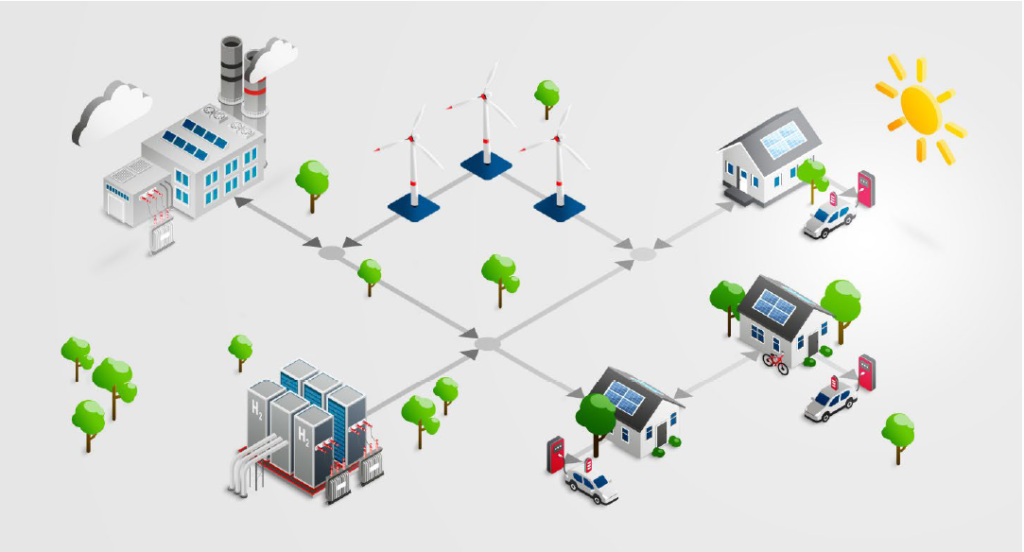
Solar Power
Converting renewable energy from sunlight into electricity improves the DC grids for home and business, as well as transport with charging vehicles and more.
Wind Power
Wind power or wind energy is based mostly on wind turbines that generate electricity and support the sustainable grid.
Energy storage
Renewable energy optimises peak output and monetises curtailed production to improve utility-scale solar and wind installation economics. On the DC grid, all homes and businesses play an energy storage and renewable energy sources role (AC grid is phasing out gradually).
Energy Storage systems features:
- Power source and sink for battery testing and discharging.
- Due to the large voltage and current range of the PSB power supplies, the EA Battery Simulator software (see figure 3) can replicate a wide range of battery voltages and capacities.
- Battery specific data such as voltage, charging/discharging current, internal resistance, and body temperature, as well as state of charge (SOC) and state of health, can be simulated or calculated (SOH).
- EA Power Control software allows users to control up to 20 devices at once and programme their individual function generators.
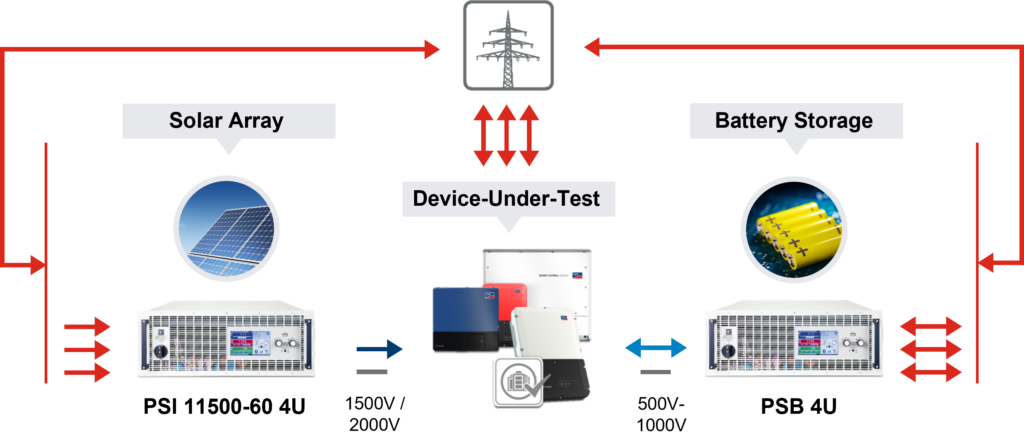
H2 or Ammonia fuel cell power
It is part of the grid that supplements solar or wind-provided power. Direct ammonia fuel cells are a promising new technology for extracting chemical energy from ammonia and converting it to electricity with great efficiency.
Bidirectional power supply and regenerative electronic loads from EA Elektro-Automatik effectively mimic and test batteries and fuel cells. EA regenerative products, such as PSB power supplies and ELR electric loads, are used to help the company achieve climate-neutral manufacturing certification.
The ELR electronic load or PSB power supply:
- allow for durability testing;
- provides substantial load variations;
- help through performance testing by creating the dynamic loads using the built-in waveform function generator;
- simulate the output of a fuel cell to test inverter and DC-DC converter performance as a function of fuel cell voltage output changes;
- help with accelerated stress testing, in which a fuel cell stack is subjected to cycles of step load adjustments or load current ramps for over 100 hours.
With autoranging outputs and inputs, these EA power supplies and loads reduce the output supply or load to save valuable rack space and help save money by not having to buy a larger supply or load to handle a higher voltage or current. The PSB Series bidirectional power supplies have outputs from 2.5 kW to 30 kW, up to 2000V in a compact 4U, whereas ELR Series regenerative electronic loads inputs from 320 W to 30 kW, up to 1000A in a compact 4U.
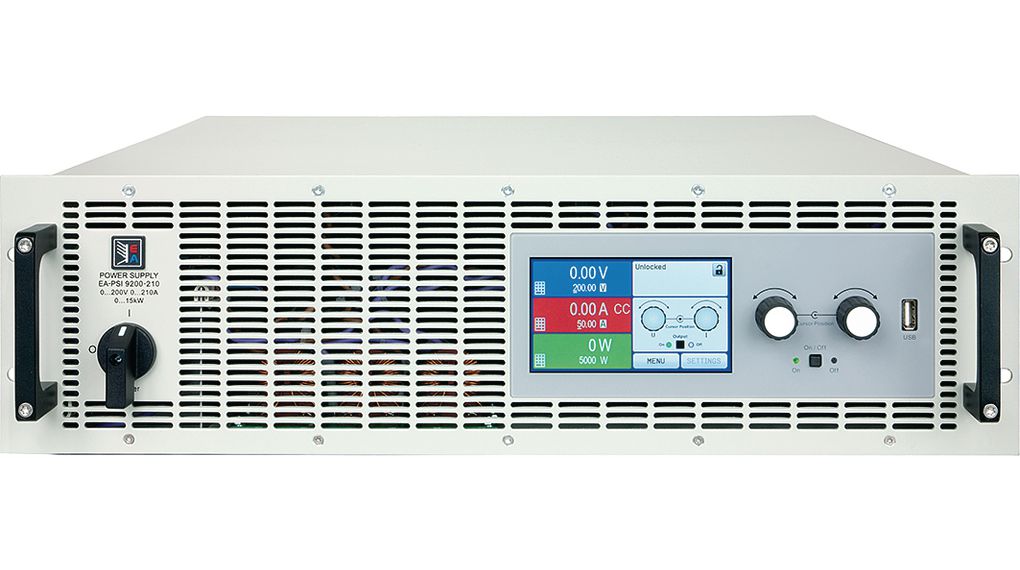
Furthermore, EA Elektro-Automatik products with regenerative energy recovery can:
- Return 96 % of the energy absorbed by ELR DC electronic loads and PSB Bidirectional Power Supplies (in sink mode)
- Reduce utility and HVAC costs.
- Reduce the size and noise of cooling fans.
- Reduce high-power instrument cooling infrastructure.
- Save up to 50% on floor area, compared to standard dissipative loads.
- Contribute to environmental protection.
E-Mobility Ecosystem
According to EA, all main electric vehicle ecosystem components can be tested using EA bidirectional regenerative power supplies, such as:
- Converter (DC-DC)
- Fuel cell, lithium battery, and battery management system
- Lights, relays, sensors, and wires for electric vehicles
- Electric motor with traction inverter
- Onboard charger
They are suitable for evaluating external electric vehicle battery charging facilities and for road, rail, air, and sea testing of electric vehicles.
By choosing EA Elektro-Automatik products, it is possible to parallel as many as 64 supplies or loads with output source or sink up to 1.92 MW.

The green energy grid of tomorrow
Considering the benefits of Hydrogen, it is a future of renewable energy that countries need to start shifting to. The ‘green fuel’ provides environmentally friendly, renewable vehicle fuel and electricity that helps to lower greenhouse gas emissions and improve air quality. Cities and towns can benefit from the clean energy source thanks to the transition that companies like EA help with. Combining these renewable energy sources, such as solar power, wind power, ammonia fuel cell power, h2 and energy storage, can make the environment cleaner.
Elektro-Automatik, with its PSB Supplies and ELR Loads series, contributes to protecting the environment. Search Distrelec page for more products from the resource protective and energy-saving supplier, and contribute to a more sustainable future of your town or city.
Notice that this is a conceptual piece and the ideas represent the topic through the author and not EA Elektro-Automatik brand.





